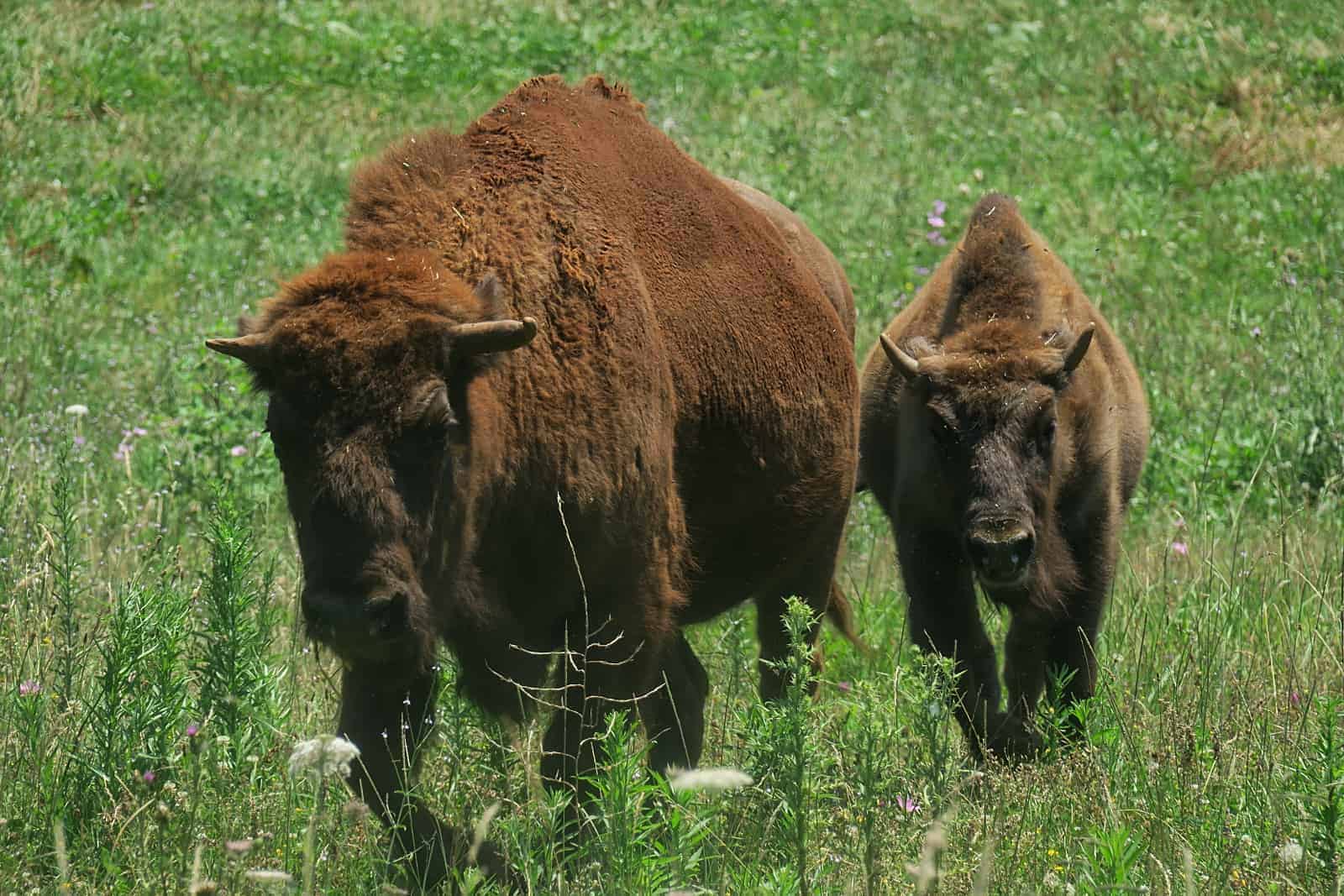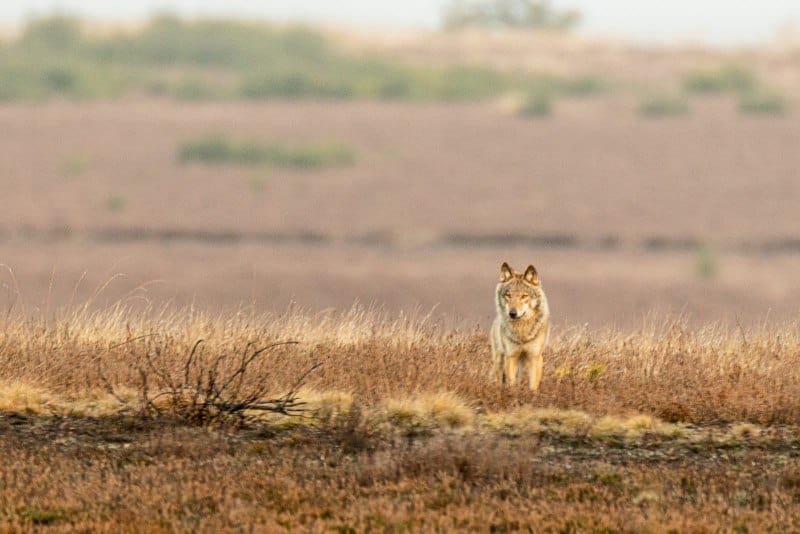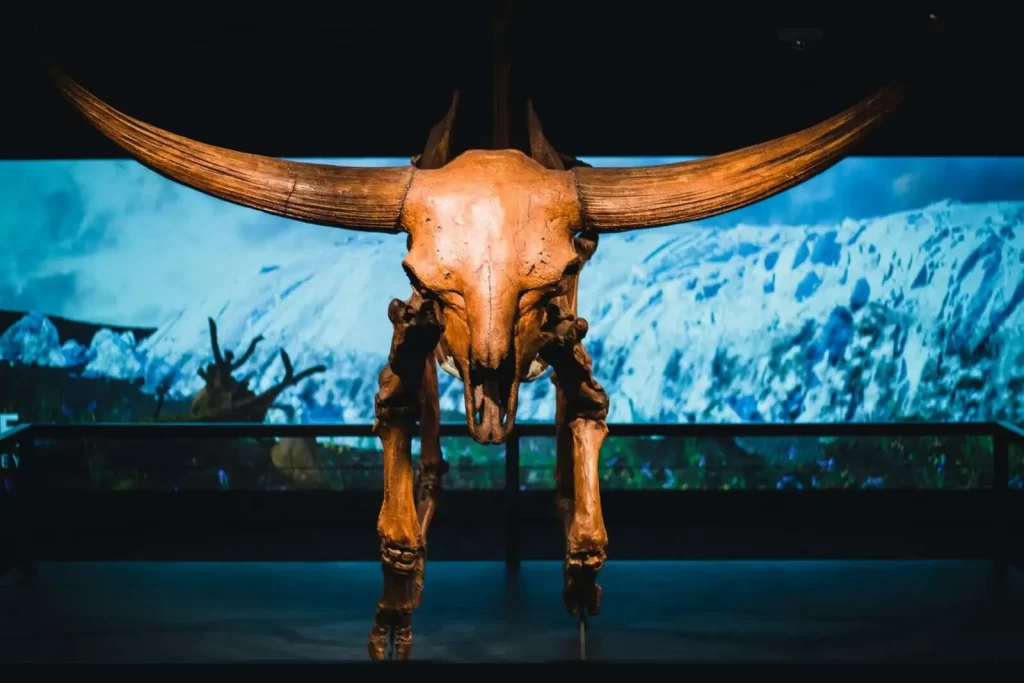Share:
Extinct Balkan wisent represented a distinct mountainous population of the European wisent

Recent research has shed light on the origins and evolutionary journey of the European bison, also known as Bison bonasus or wisent. While numerous morphological, genomic, and paleogenomic studies in recent years have provided valuable insights, they have also sparked new inquiries into this species’ evolution.
Scientists from the Bulgarian Academy of Sciences have contributed fresh insights into the population diversity of these bison through the analysis of newly discovered subfossil remains from the Balkan Peninsula. This study focused on seven ancient samples excavated from caves in Western Stara Planina, Bulgaria. Mitochondrial D‐loop (HVR1) sequence analysis was used to examine these samples, which were dated to approximately 3,800 years ago using radiocarbon analysis.
Furthermore, a phylogenetic analysis was conducted to explore the genetic connections among these samples and all available mitochondrial DNA sequences from the Bison genus, sourced from GenBank. The findings revealed that these sequences clustered with those from the extinct Holocene South‐Eastern (Balkan) wisent and the fossil Alpine population found in France, Austria, and Switzerland. Interestingly, they did not align with the recent Central European (North Sea) population or the now-extinct Caucasian population.
These results indicate that the Balkan wisent, which existed in historical times, can be considered a relic and likely an isolated population stemming from the Late Pleistocene‐Holocene South‐Western mountainous population of the wisent. The presumed migration path of this group traces from the Caucasus and Asia Minor through the Balkans to western European territories. This comparative analysis of regional data significantly enriches our comprehension of the origin and migration patterns of the European bison (wisent).
Featured image: Arend de Haas






